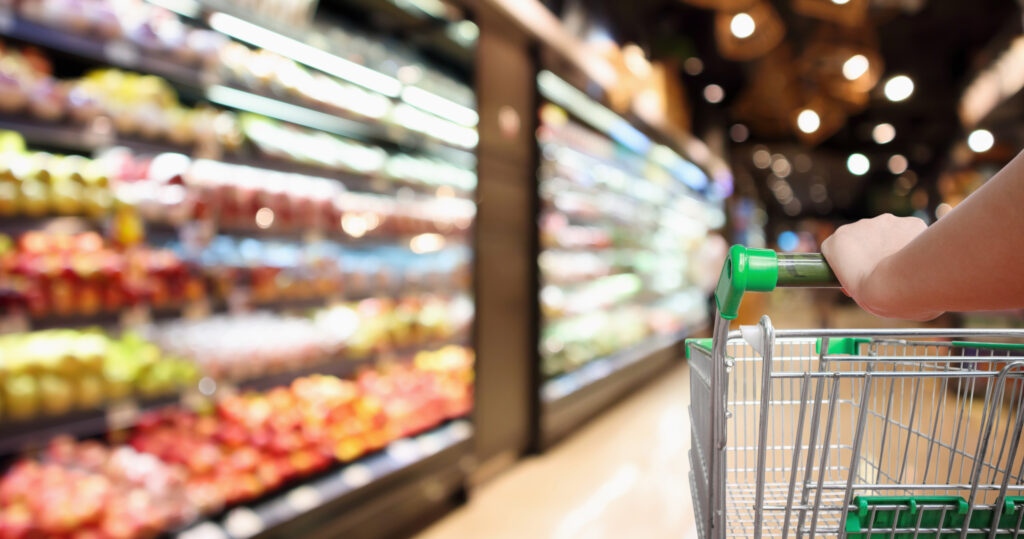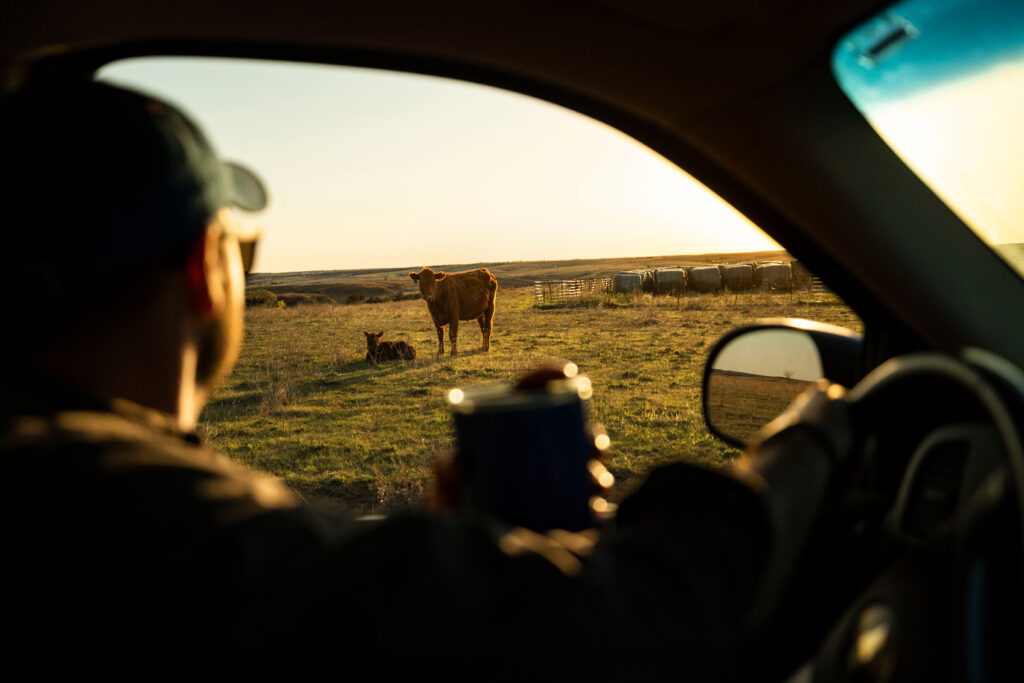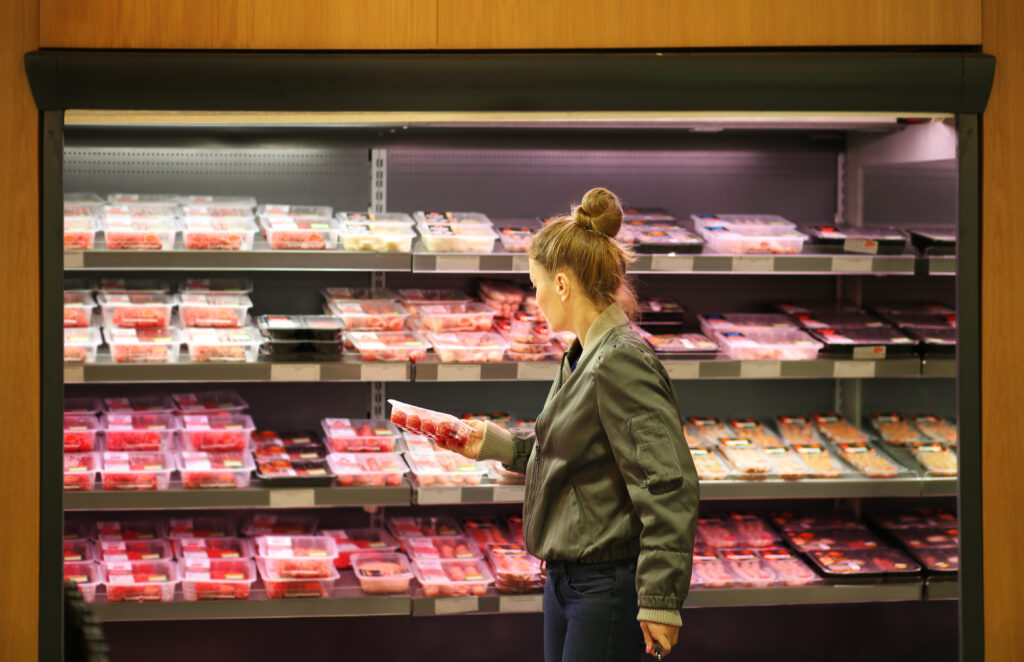Reposted from: https://www.cnbc.com/amp/2024/11/22/why-the-us-is-growing-less-food.html
The United States’ fruit and vegetable production, as well as the number of farms in the country, has been declining for decades while it increasingly relies on other countries to fill in the gap, according to the United States Department of Agriculture.
“We have nearly a billion acres of farmland, we have a population of just 330 million people, yet we’re not feeding ourselves, and we’re increasingly reliant on imports for our key foods,” said President and Co-Founder of Farm Action Angela Huffman.
Fruit production is down nearly 36% in 2024 from 2003, while vegetable production is down 6.3%, according to the USDA. Imports make up a growing share of fresh produce availability, with 60% of the total fruits and 38% of vegetables in the U.S. supplied by other countries in 2021, with Mexico as the largest supplier.
The U.S. prioritizes growing commodities — like corn, soybeans, wheat and sugar. Corn and soybeans are valuable because they’re mainly used for livestock feed and ethanol. The country also dominates in meat production, and global consumption continues to grow.
While commodities are necessary for the U.S. economy, they don’t feed people. And that’s a big sticking point for many small to midsize farmers growing fruits and vegetables.
As costs like labor, fuel and fertilizer continue to rise, it’s tough for these farmers to survive. The USDA reports that farm labor costs are expected to increase 6.9% in 2024, for example, and many farmers that grow fruits and vegetables cannot harvest their delicate produce with machinery the way they can with commodities.
“We could use a little help. I mean, who’s going to grow our food? You really want to buy it all from overseas?” said Chip Kent, co-owner and sixth generation farmer at Locust Grove Fruit Farm in Milton, New York.
Under the Farm Bill, which is passed roughly every five years, commodity farmers receive a disproportionate number of subsidies, which are government payments that act as safety nets; they protect farmers from fluctuations in price, revenues and crop yields. The largest and wealthiest farms growing the “big five” crops (corn, soy, wheat, cotton and rice) receive the majority, raking in more than 78% of those federal dollars over the past 22 years, according to the Environmental Working Group.
“I think there’s some degree of appropriateness to the criticism of the disproportionate share that larger commercial-sized operations get vis-a-vis the farmers who are struggling on the edge, who happen to be small and midsized,” said USDA Secretary Tom Vilsack.
The 2018 farm bill extended into 2024 but expired in September. A new bill likely won’t be decided on until 2025, and the new administration could make big changes in subsidy allocations and payments.
Watch this video to learn more.




